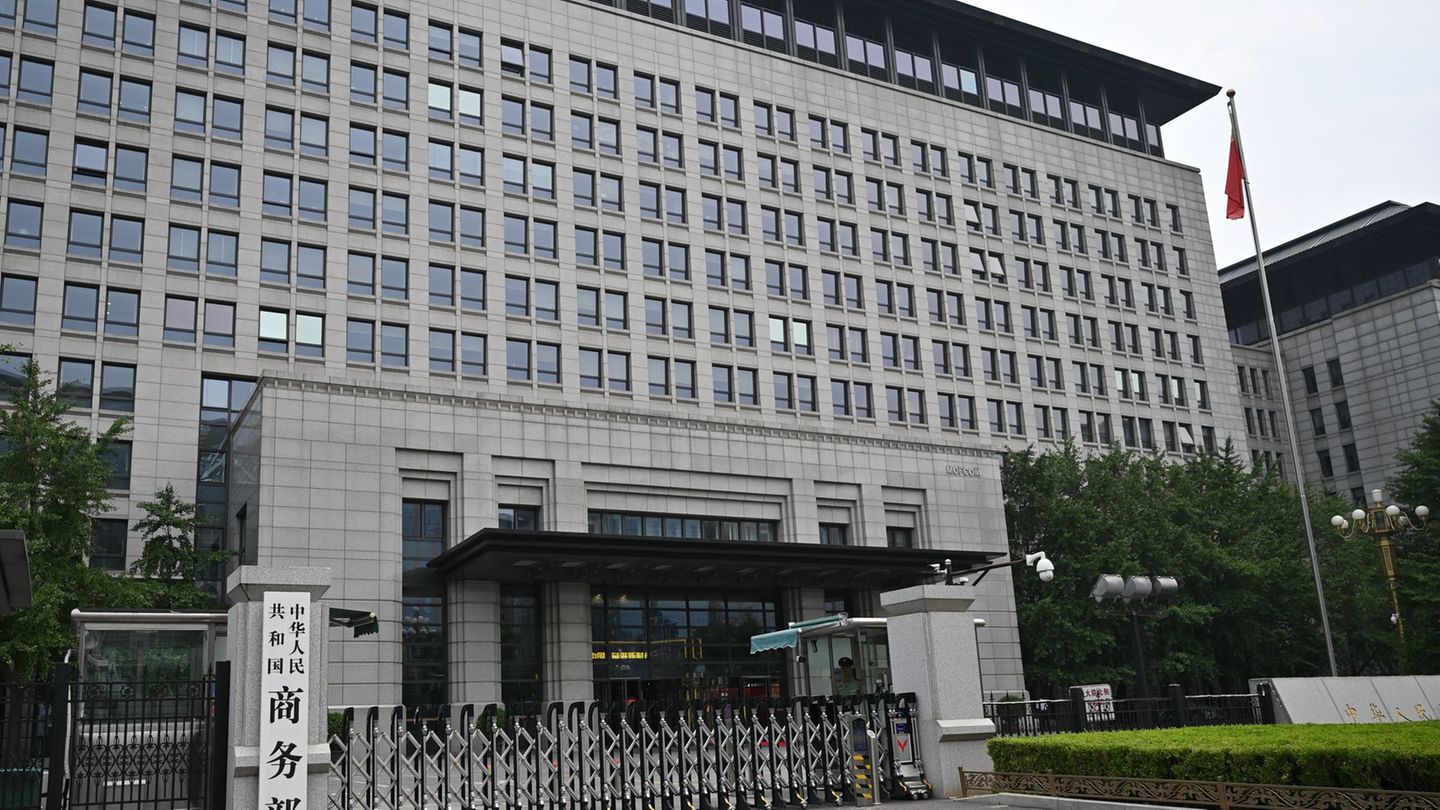COP26 was announced as the “Last great hope” to maintain the goal of keeping global warming 1.5ºC above pre-industrial levels. Exceeding it would lead to more devastating and potentially irreversible impacts, including more extreme climates and droughts. The new projections predict a world on its way to 2.7 degrees C warming by the end of this century.
According to the World Meteorological Organization (WMO) the last seven years are on track to be the seven warmest on record.
Some 120 leaders from around the world attended this crucial event for the planet. On the one hand, it counted on the return of the United States, the largest historical issuer in the world and the largest economy. But on the other hand there were absences such as those of China, the current largest issuer; from Brazil, the world’s largest deforesting nation; from Saudi Arabia, the world’s second largest oil producer; and from Russia, the second largest gas producer in the world.
India provided the biggest boost to the high-end segment when the prime minister, Narendra Modi, announced that the country would get 50% of its electricity from renewable sources by 2030 and be reduced to zero by 2070. Although it is far from ideal, it is a breakthrough compared to previous plans of the third largest polluter in the world.
One of the first alliances to stop deforestation, which does not stop even in a pandemic and which showed a growth of 12% in 2020, it turned out that 124 countries (which account for 85% of forests) will work on six objectives, including development of sustainable agriculture, investment and trade facilitation that prevents land use change and supporting communities around the world.
The signatory states, spanning from northern Canada to the Democratic Republic of the Congo, cover an area of 33.6 million km2 of forests, which are “the lungs of the planet” but that disappear at a rate of 27 football fields per minute.
The promise to curb deforestation is accompanied by funding: $ 19.2 billion from governments and the private sector, most of the major forest nations are registered, and there is an additional package of more than $ 1 billion for indigenous communities, guardians of the forest.
By midweek, the climax was an alliance of 105 nations pledging to reduce methane emissions by at least 30% from 2020 levels by 2030. Signatory countries account for around 70% of methane emissions. greenhouse effect that contributes 30% of the heat we experience. It is the main component of natural gas.
The great absentees in this new agreement promoted by the European Union (EU) and the United States were India, China and Russia.
The first international commitment to achieve emission-friendly steel production “almost nil” By 2030, it was backed by more than 40 countries, including the UK, the US, India and China, as well as the EU.
The steel industry is one of the world’s leading producers of carbon dioxide. It is also one of the most difficult industries to decarbonize, because the alternatives to the coal needed to produce it are not yet widely available.
It is often assumed that the transition to a net zero economy is costly but the result of inaction is even greater, so much so that more than 40 countries agreed to phase out coal-fired power: Canada, South Korea, Ukraine, Indonesia and Vietnam pledged to abandon it between 2030 and 2040. The bad news is that the United States, China, Australia and India are keeping coal alive outside of this deal.
The “Glasgow Financial Alliance for Net Zero” o GFanz, with more than 450 companies based in 45 countries that could finance the transition to net zero emissions, including the abandonment of coal, the switch to electric cars and reforestation.
Argentina is committed to green hydrogen, it will receive an investment of US $ 8.4 billion through the Australian company Fortescue Future Industries (FFI) to produce it in Río Negro. It is advertised as one of the energies of the future, essential to decarbonise and with a very positive impact. As an environmental creditor, he intends to exchange economic debt for climate action.
For its part, Misiones sent its own delegation with a different agenda. The province, which has 2% of the national territory and conserves 52% of total diversity, took the opportunity to claim from the Nation the remaining 97% due to the forest law. It is making alliances to raise the price of carbon sequestration worldwide, to reduce the gap between what is paid for dirt ($ 100 per ton of carbon dioxide emitted) and what is paid to clean (are $ 10 per ton).
The big challenges are yet to come: in the climate rule book, the carbon credit trading systems, the loss and damage issues and above all the climate financing that wealthy nations, largely responsible for the climate crisis, will have to take on. , would provide sufficient funds to alleviate the situation in developing countries, which are the ones who suffer the most.
The week ended with two of the biggest mobilizations in the UK in many years. They demand climate justice, that the end result is not false solutions that harm even more. They marched through Glasgow against arms investment and parallel climate inaction; they cry out against him “greenwashing” corporate, green wash image. They also express their dissatisfaction with the inability to close some key points of the Paris Agreement and with the lack of participation of civil society in the negotiations due to the capacity restrictions in official spaces of the summit, which is why they named it as “The least inclusive climate summit in history”.
Lawyer specialized in Environmental Law, accredited at COP26 in Glasgow.
Source From: Ambito




